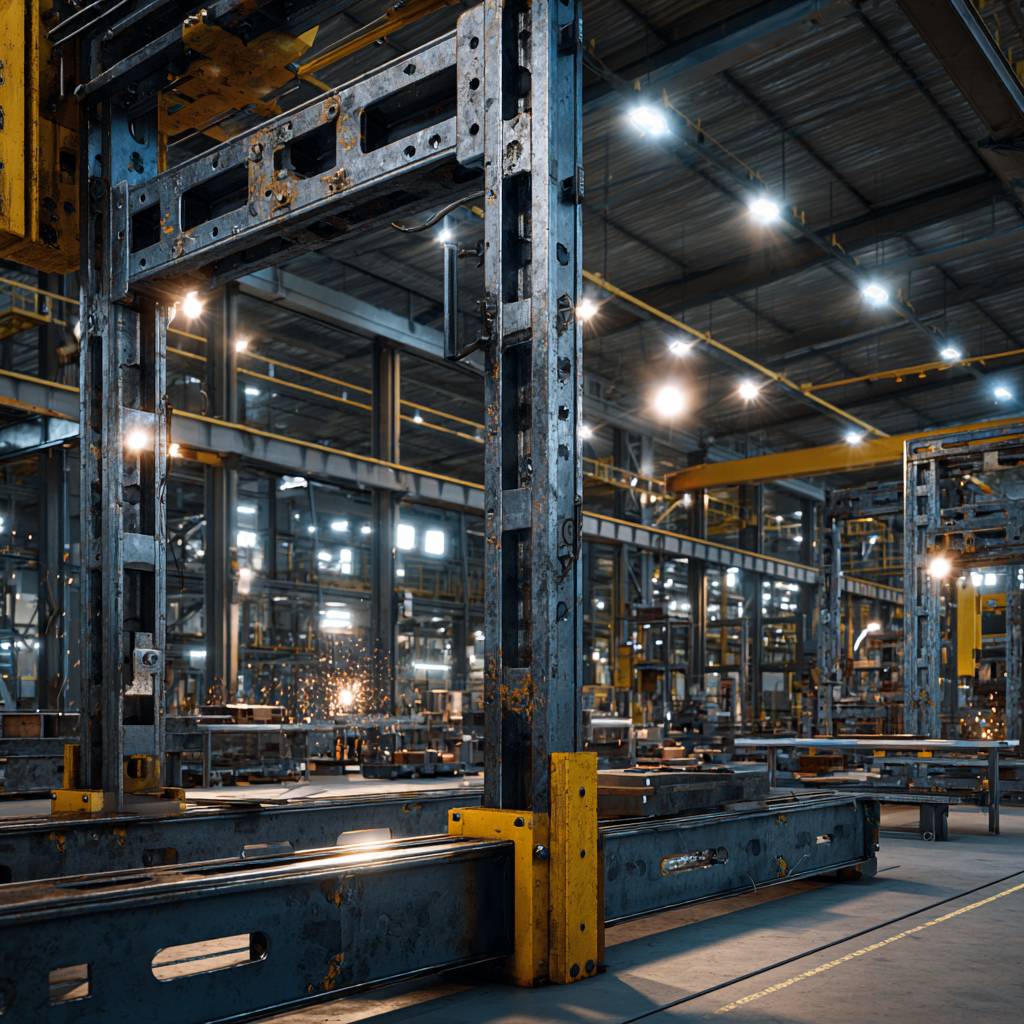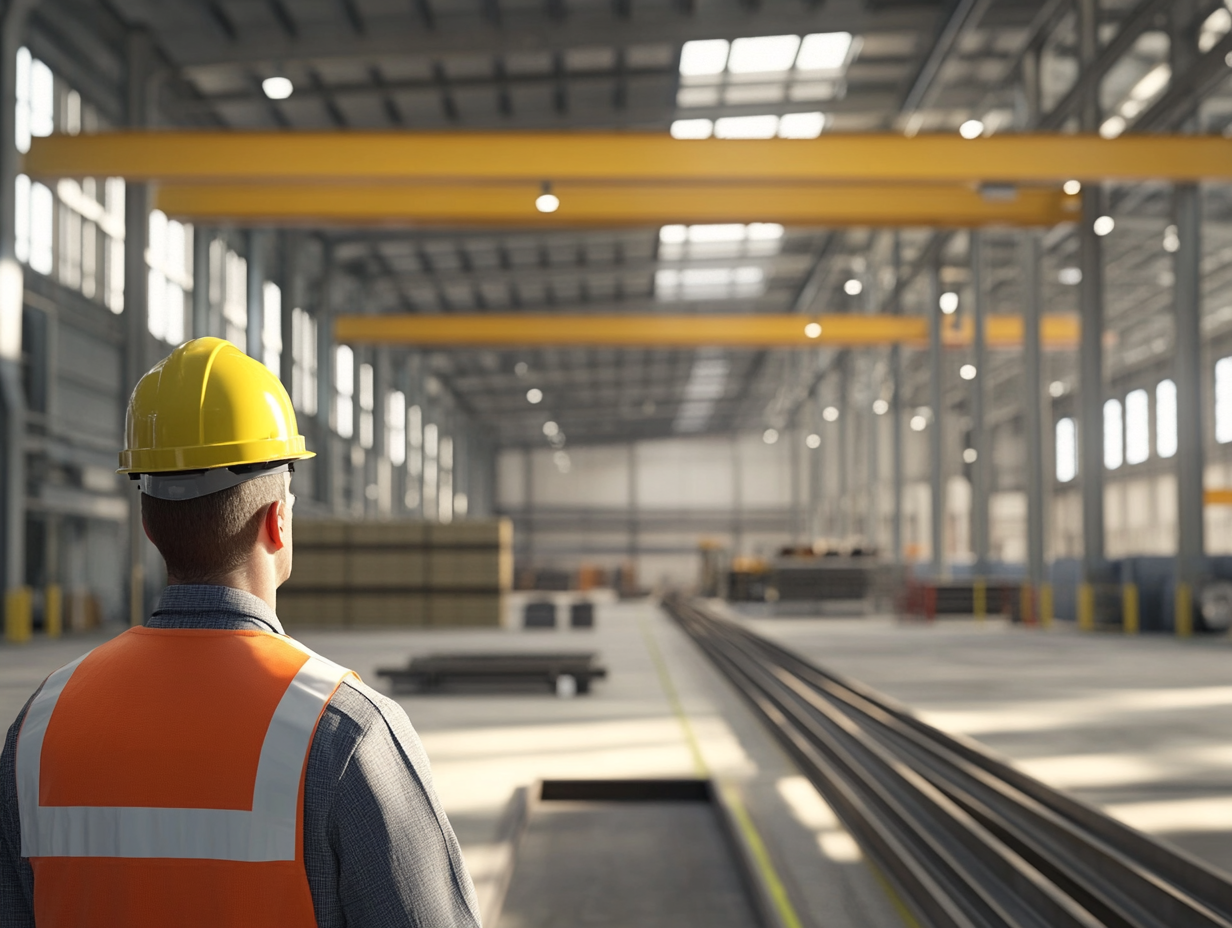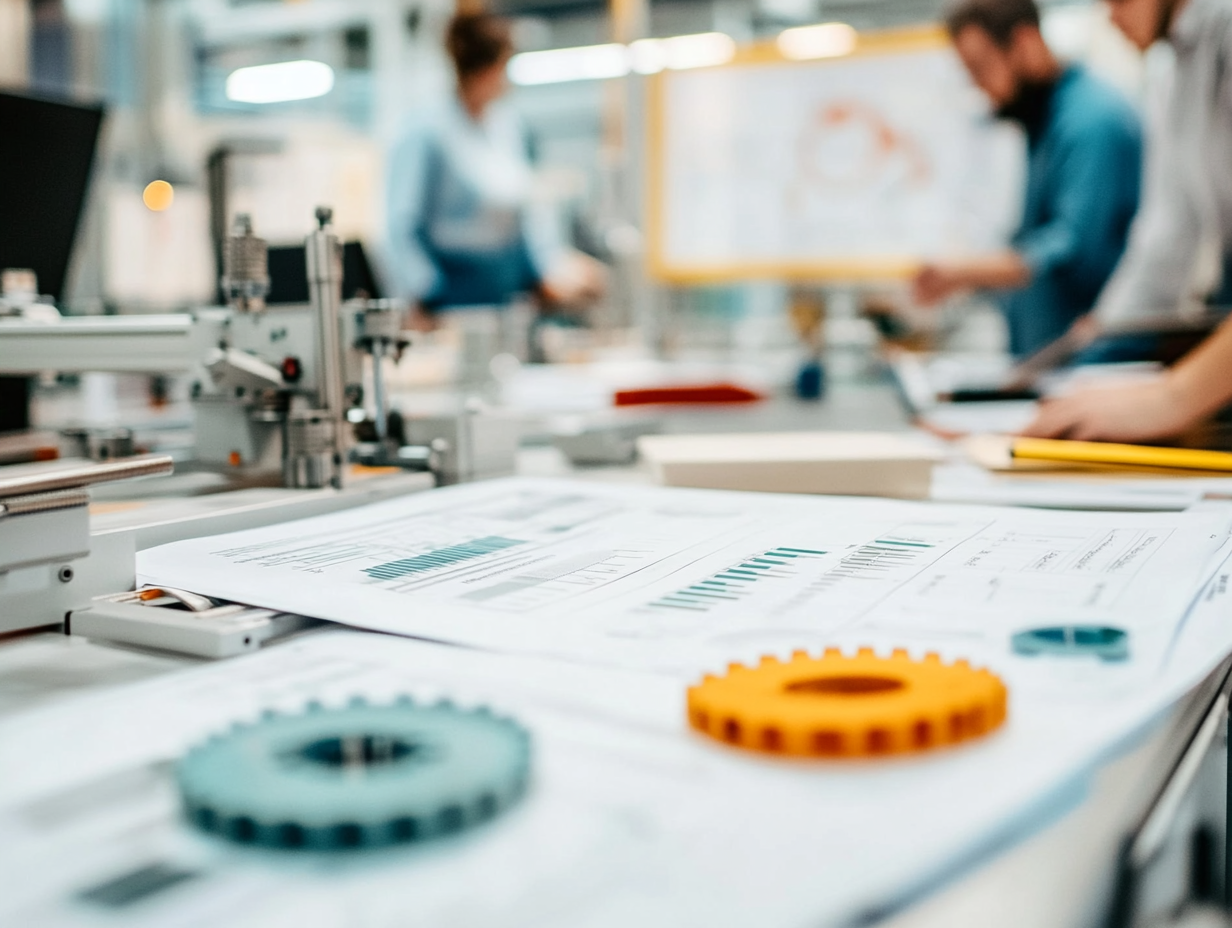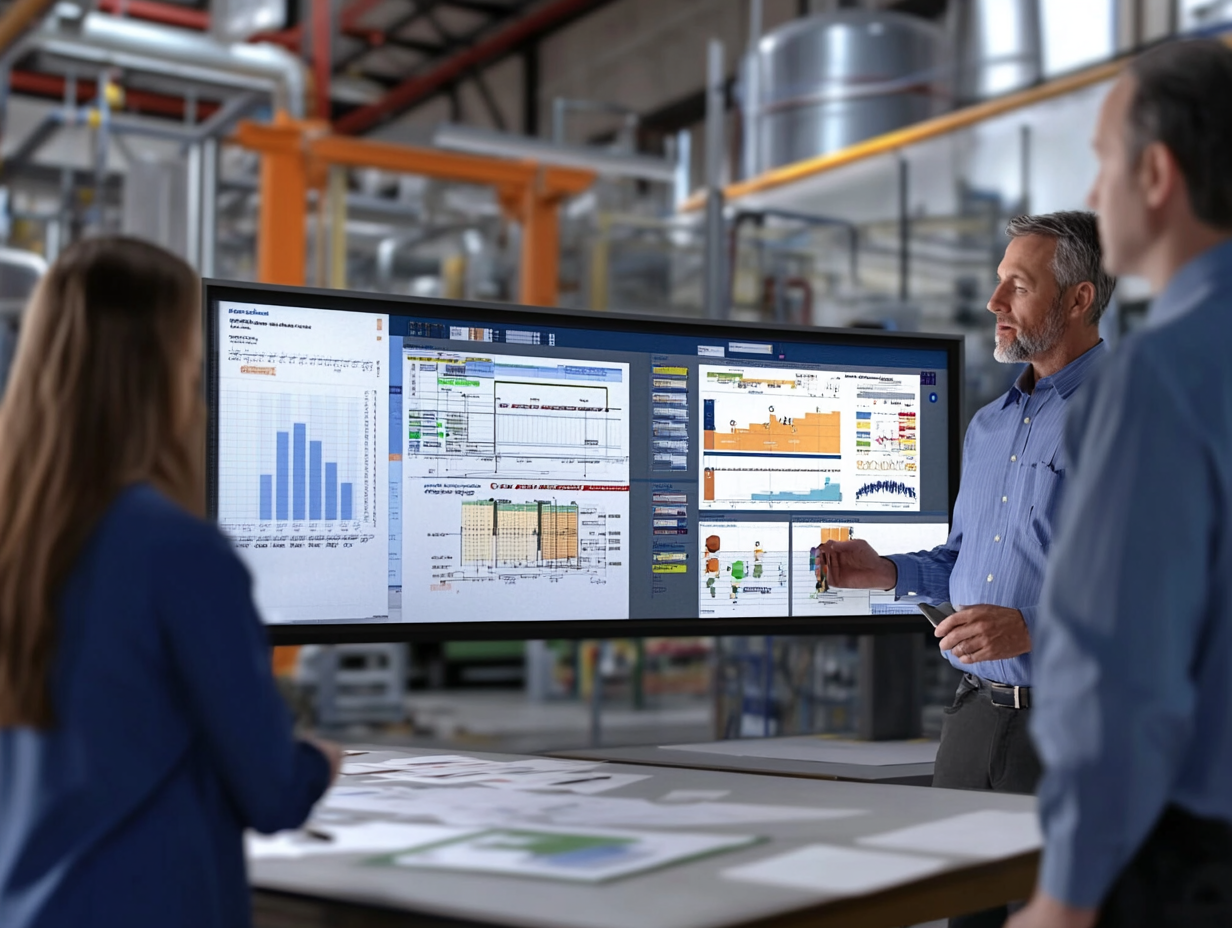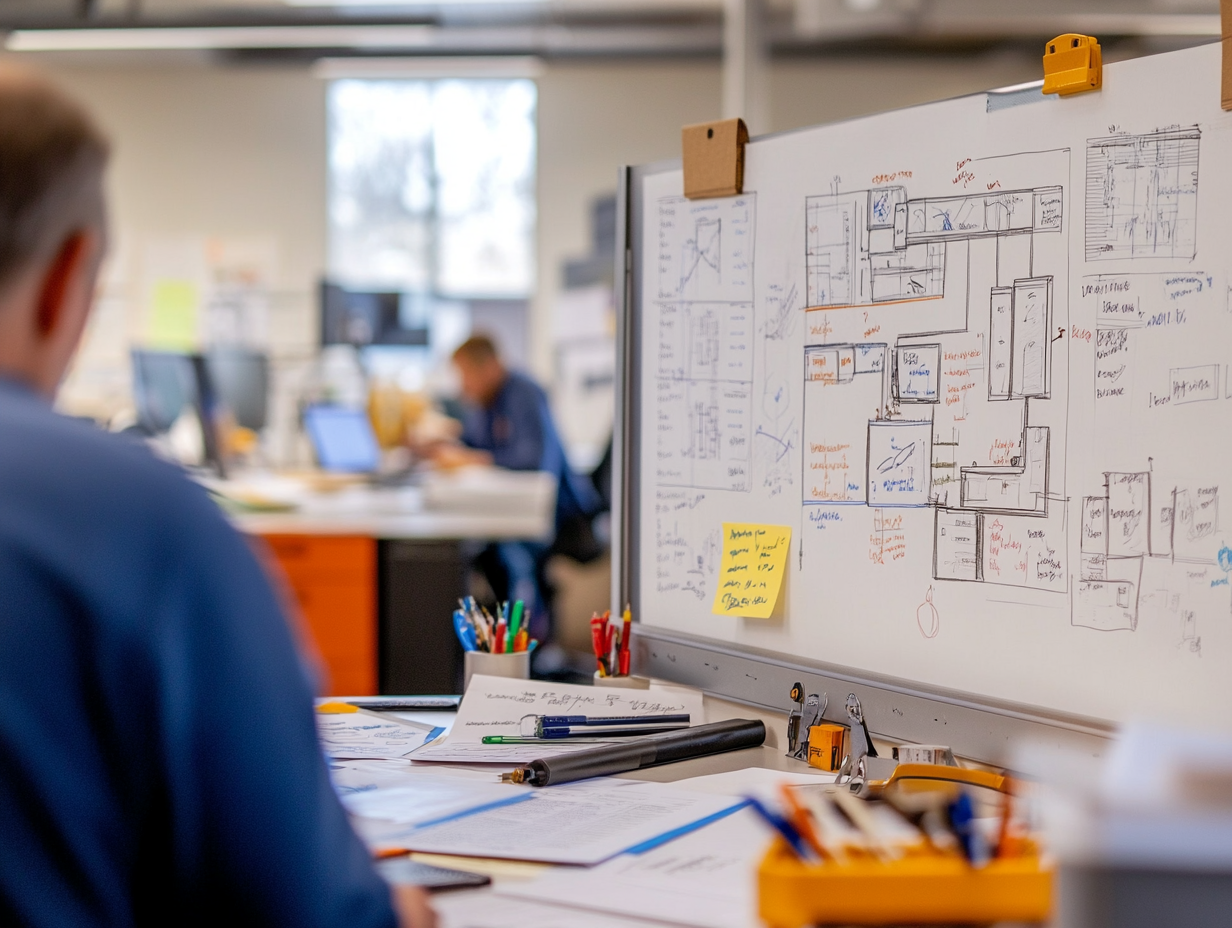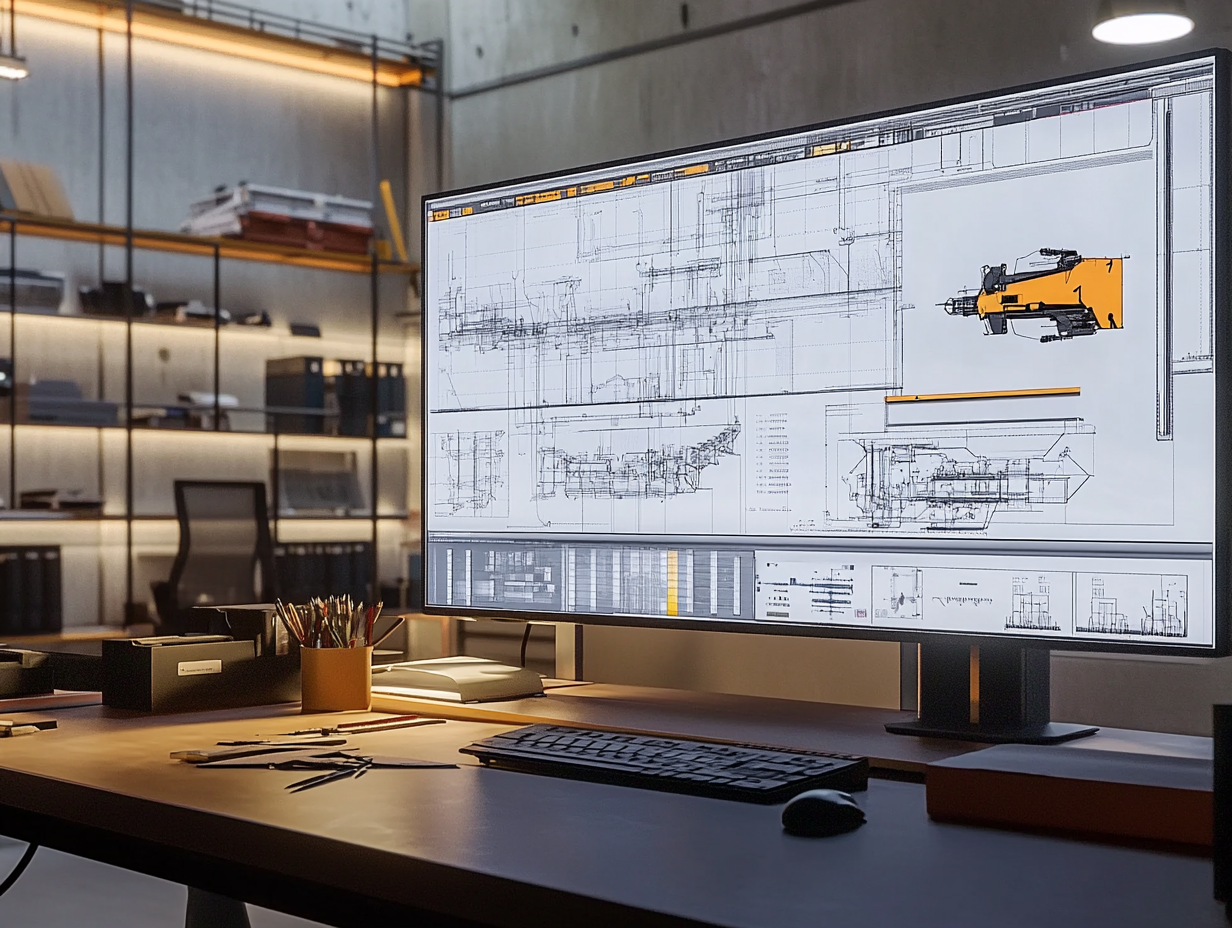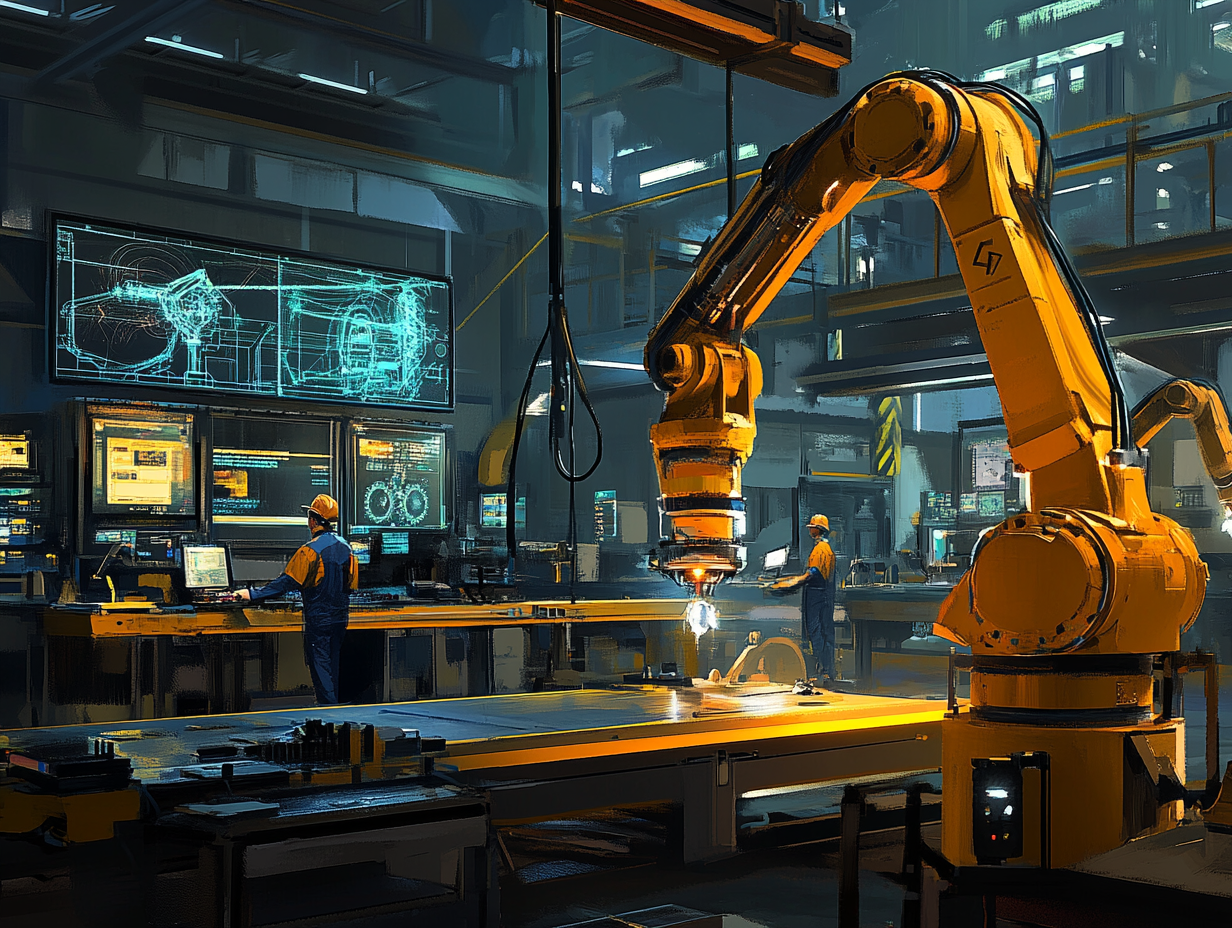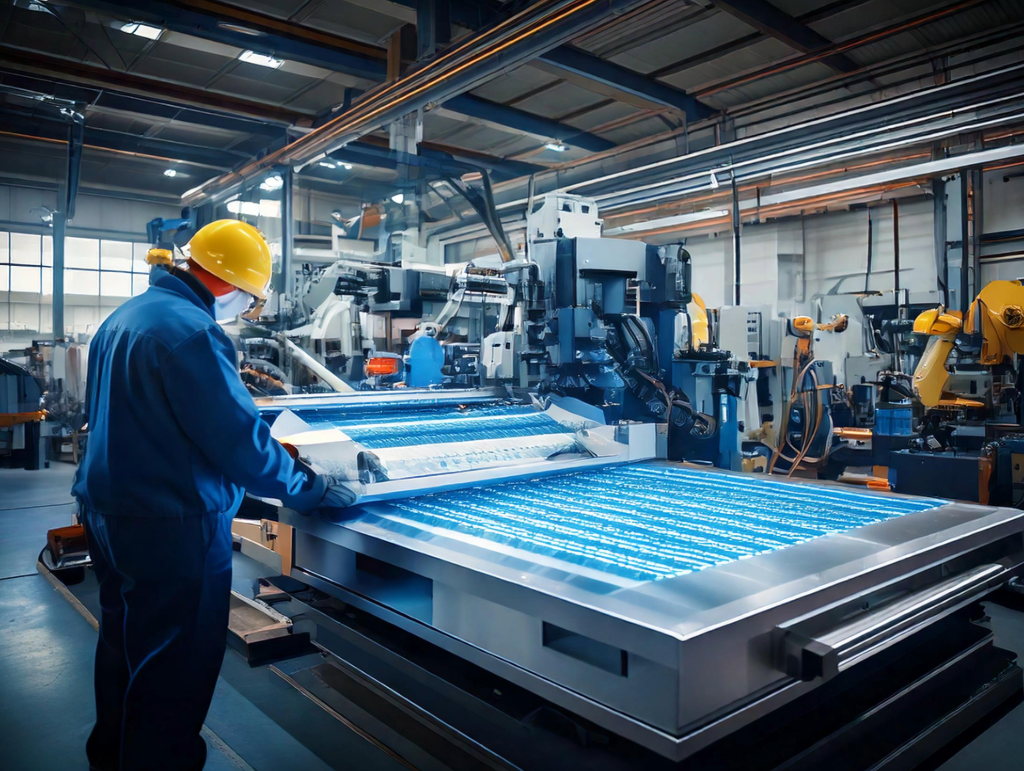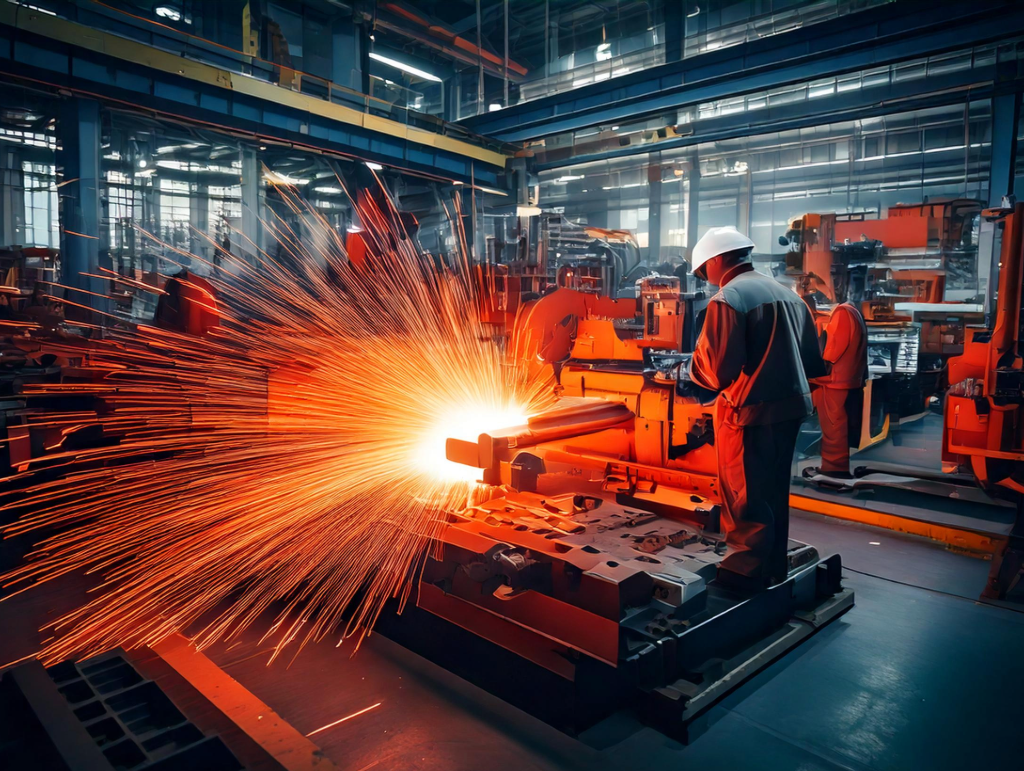In the world of heavy-duty industrial machinery, the performance of a machine depends heavily on the strength and engineering of…
Crane tracks are critical for moving heavy loads in industrial facilities. Their design varies based on crane type and operational requirements. Generally, single-span and multi-span crane track systems are used. In this blog, we compare these two systems, exploring their advantages, disadvantages, and best-use cases.
The successful implementation of FMEA (Failure Modes and Effects Analysis) requires well-structured templates and adherence to standards. These tools enhance consistency, facilitate collaboration across teams, and standardize processes.
In modern industrial processes, improving quality, ensuring safety, and reducing costs have become more critical than ever. FMEA (Failure Modes and Effects Analysis) is a powerful tool used to achieve these goals.
FMEA (Failure Modes and Effects Analysis) is a systematic method for identifying and managing risks in complex systems. The effectiveness…
FMEA (Failure Modes and Effects Analysis) is a critical tool in risk assessment. However, its effectiveness relies on meeting specific success criteria.
FMEA (Failure Modes and Effects Analysis) provides a systematic approach to identifying and mitigating risks. The success of this analysis depends on selecting and applying the right methods.
FMEA (Failure Modes and Effects Analysis) is a powerful method for identifying potential failure modes and preventing them systematically. However, its effectiveness depends on the proper implementation steps and a well-structured organizational setup.
FMEA (Failure Modes and Effects Analysis) is a cornerstone of risk management, analyzing potential failure modes and their effects. However, like any powerful tool, it comes with both advantages and limitations.
In modern manufacturing, well-prepared and standardized documentation plays a critical role in improving efficiency and minimizing errors. Manufacturing documents contain detailed technical drawings and standardized information used throughout the production process.
Bending is a crucial step in metal forming, but post-bending welding plays an equally vital role in enhancing the durability and functionality of the final product. Proper welding applications ensure the structural integrity of materials while meeting safety and quality standards.
The relationship between material thickness and bending radius is essential for achieving quality and durable production in metalworking. Accurate calculations minimize the risk of cracking while ensuring precision in dimensions.
Hot bending is a vital technique in metal forming, especially for shaping tough and high-strength materials. By heating the material to an optimal temperature, this method enhances elasticity, reduces cracking risks, and enables the creation of complex designs.


